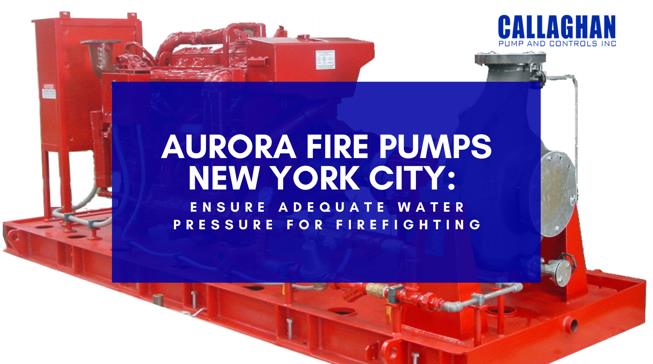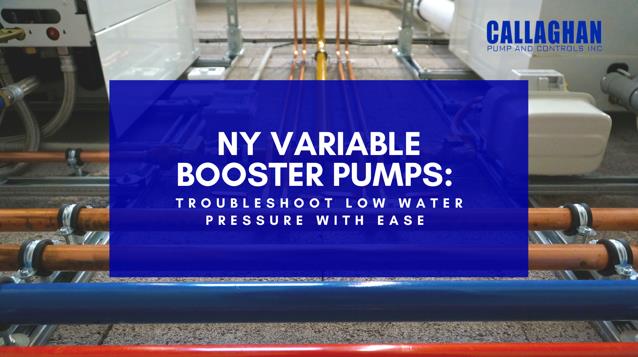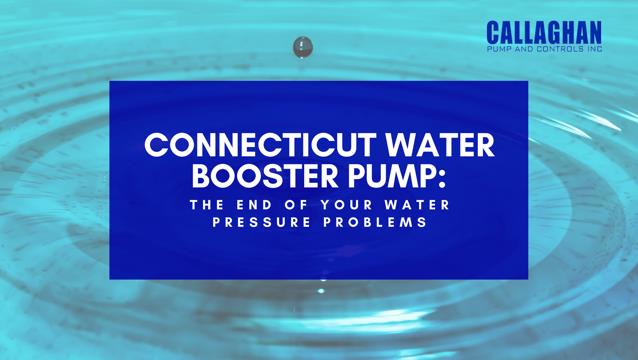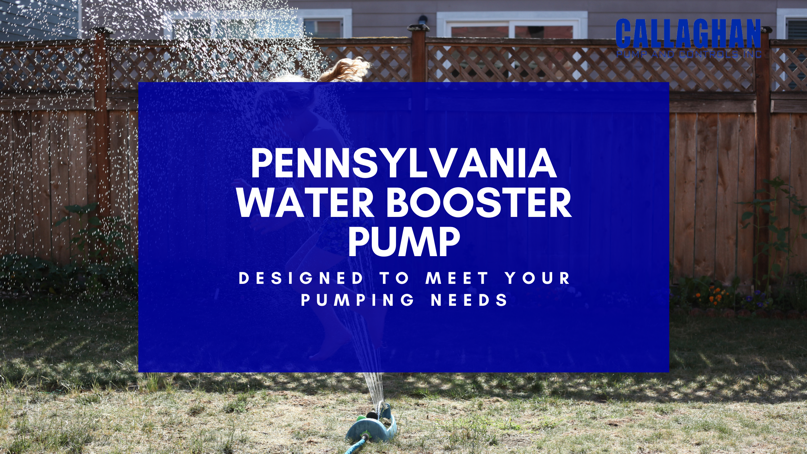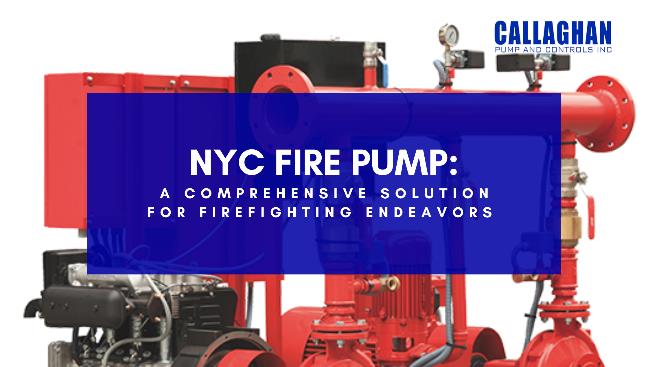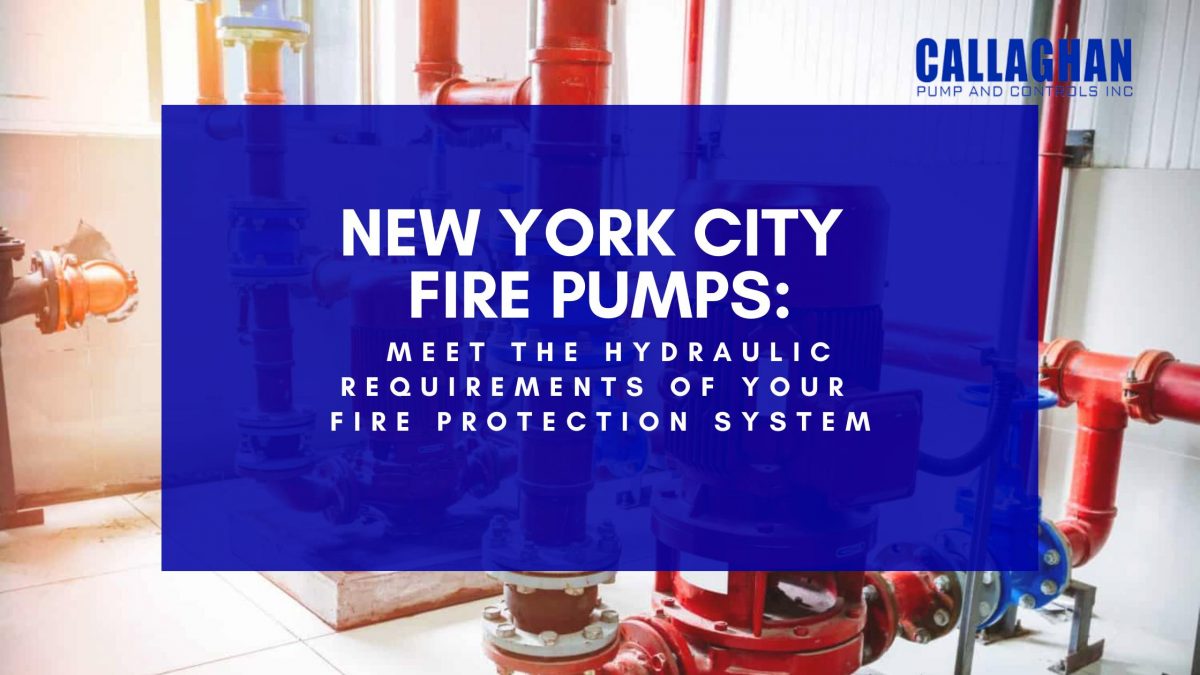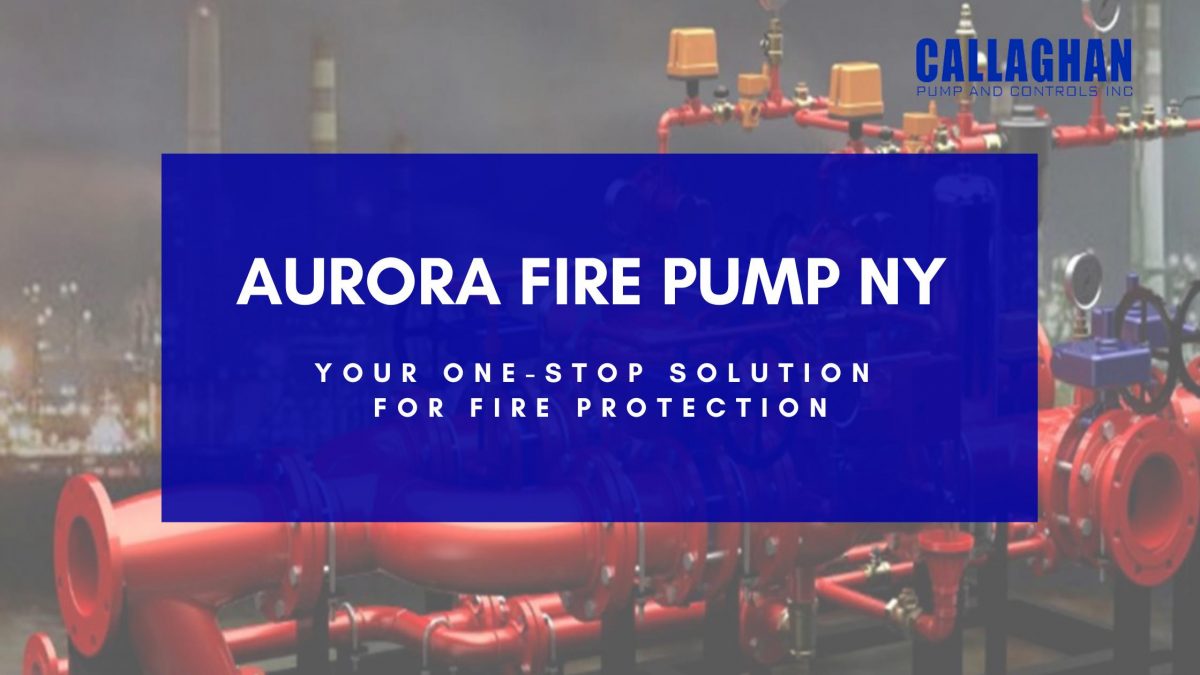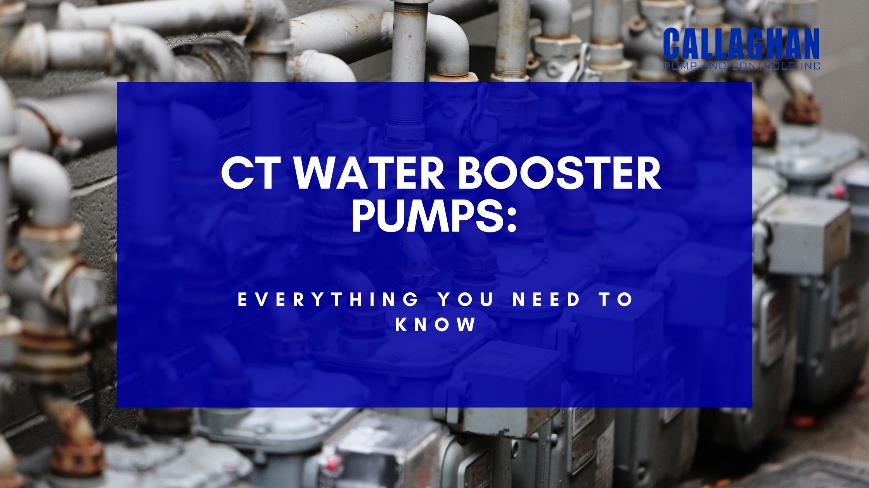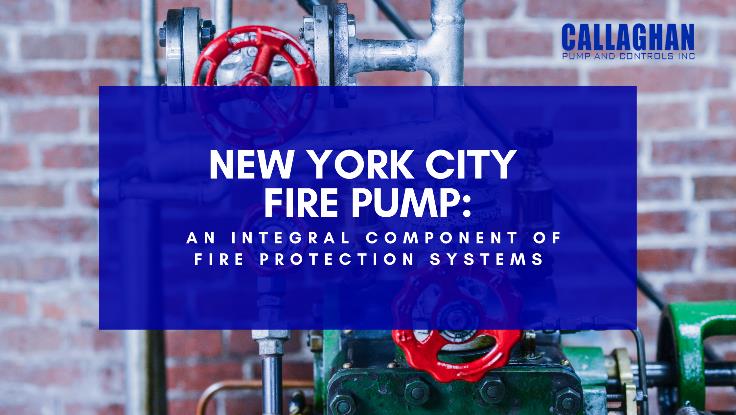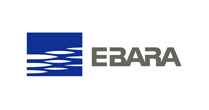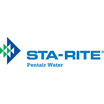To successfully fight fire emergencies, premises require an adequate water supply and pressure that can be achieved through Aurora Fire Pumps New York City. High-rise buildings, as well as construction sites, usually have problems with water pressure and supply, making them the types of premises that are most in need of NY Fire Pumps. These fire pumps come in unparalleled designs and affordable prices without compromising their quality and functionality.
Selection of the Right Fire Pump in New York
The selection of the right fire pump depends on the building structure and available space. When the water pressure in the fire sprinkler system is low, your fire pump should automatically start. You can choose from different types of pumps, such as horizontal split case, vertical split case, vertical inline, and vertical turbine. Based on the types of motor, the most common options to go for are electric motors and diesel engines. Although steam turbines are also an option, they are now uncommon.
Generally speaking, electric fire pumps that require high horsepower are commonly run on 460 volts or higher. If your building doesn’t have enough power to run an electric motor, you can consider installing a diesel fire pump. However, these pumps are more expensive to install and maintain than electric fire pumps that are also more compact and require fewer mechanical parts.
Maintenance of Aurora Fire Pumps New York City
A fire pump is installed to ensure adequate water pressure for firefighting. Its failure to operate under a fire incidence could result in a great loss. Therefore, it is quintessential to make sure the fire pump is effectively working. It takes some periodic inspections and tests to check the overall condition of the pump.
Fire pumps need to be appropriately designed and installed to meet prevailing standards. In addition to that, their inspection and testing are also crucial to ensure fire pumps don’t lose their effectiveness over time. It is an important responsibility to assess the condition of the fire pump by activating it and regularly operating it.
The Crucial Role of the Jockey Pump
A jockey pump is a small centrifugal pump which is connected to the fire sprinkler system. Its role is to maintain adequate water pressure in the piping system. When the sprinkler system causes a pressure drop, a jockey pump comes into action and tackles the situation, making it an essential part of the fire pump. Its pressure needs to be 110% of the fire pump’s pressure. So if you have a 1000 gallon-a-minute fire pump at 100 PSI, the jockey pump should be sized at 10 gallons-a-minute at 110 PSI.
Callaghan Pump – The Authorized Distributor of Aurora Fire Pumps in NY
From small 7.5 HP in-lines to 5000 GPM split case fire pumps, count on us to handle your fire protection needs. Our team of experts specializes in distributing high-pressure branded pumps to engineers, contractors, and businesses that have different specifications for their premises. Plus, all of our fire pumps pass the necessary 50%, 100%, and 150% tests at the Aurora Pump Factory in Aurora, IL. We even provide these test results with every New York Fire Pump.
Wrapping Up
Our fire pumping systems are designed with longevity and low maintenance in mind. We ensure maximal functionality and no unnecessary energy consumption. On top of that, we can help you design a fire pump for any premise size. In fact, we have successfully designed hundreds of them already in the New York area, making us New York’s most trusted supplier of Aurora fire pumps.
Ready to meet your fire pump needs? Let’s talk!

